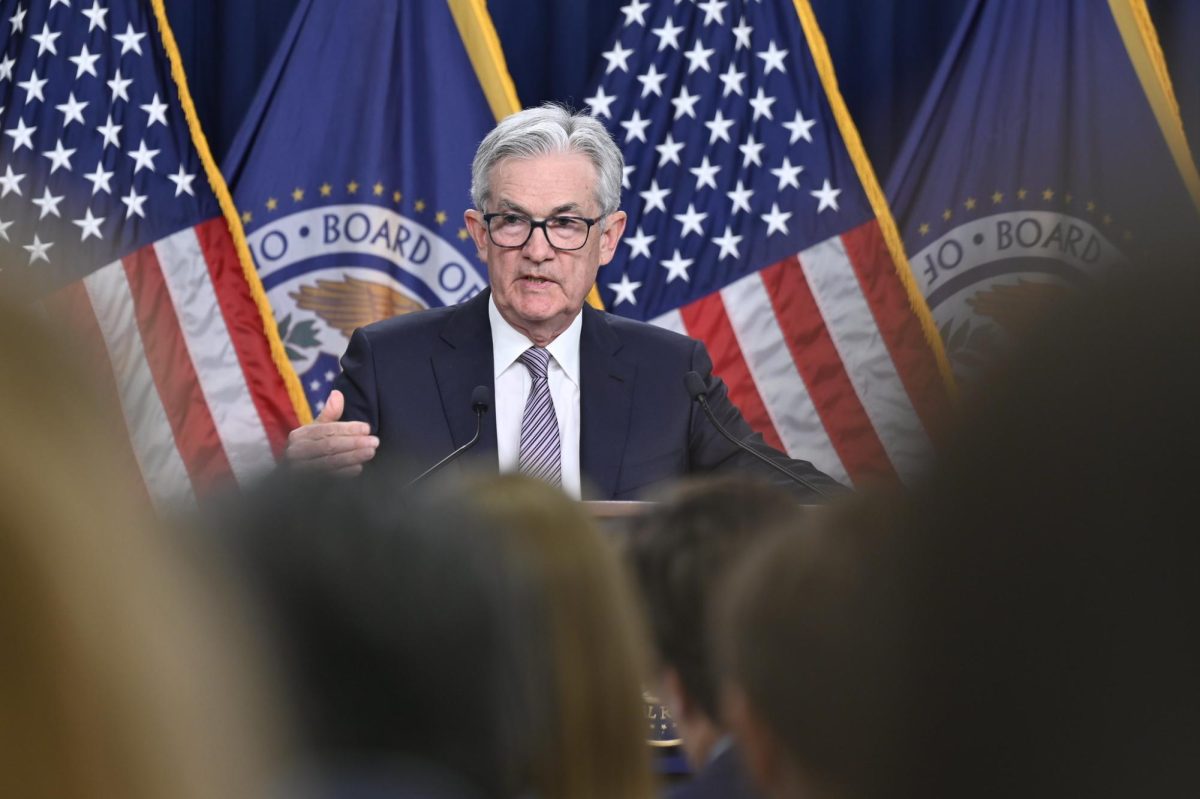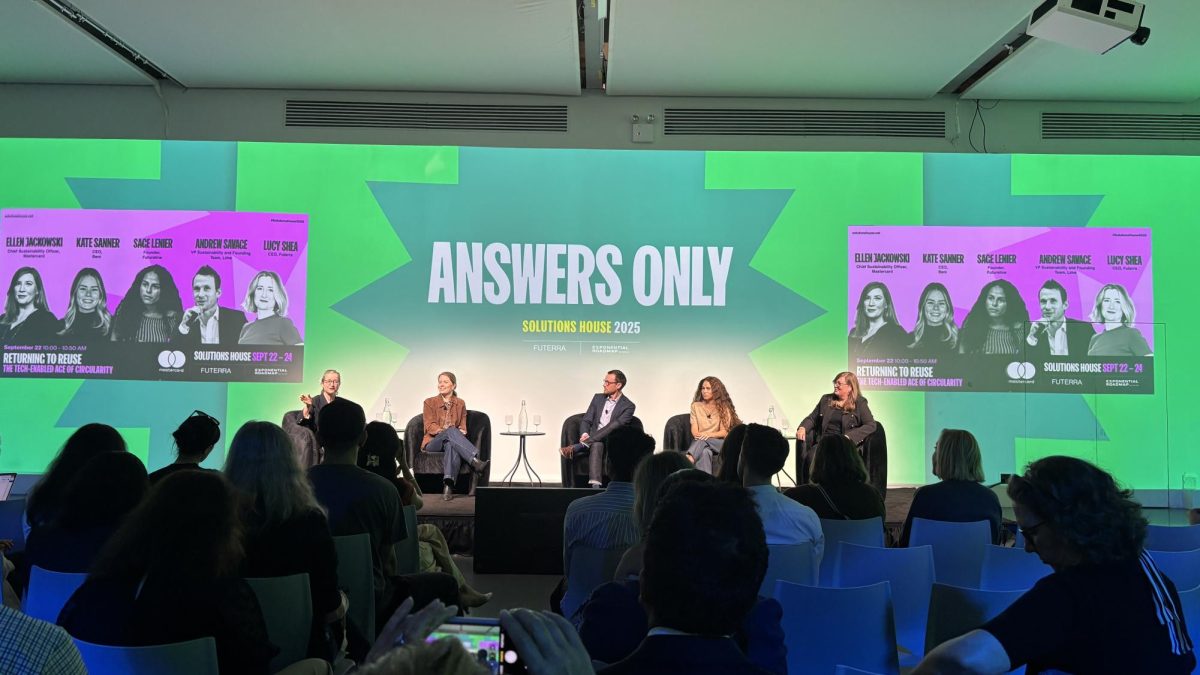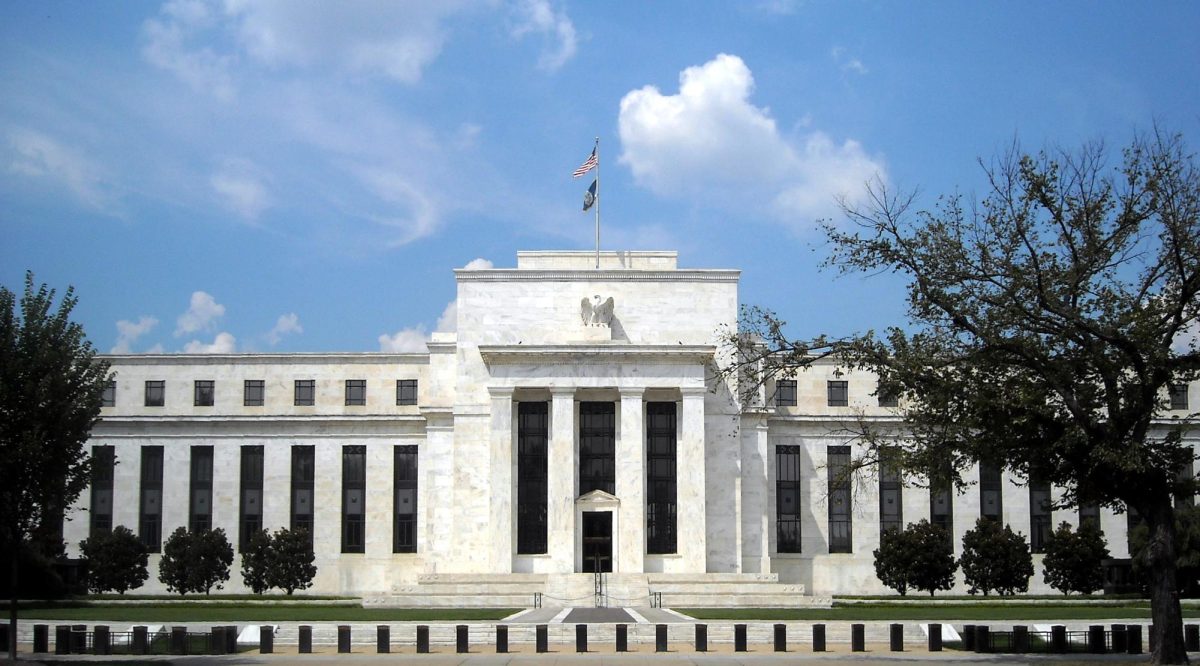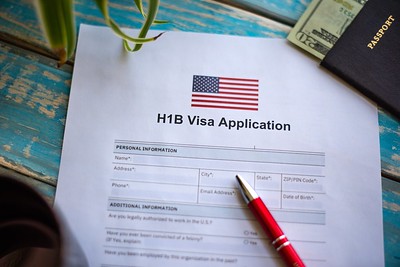The Federal Reserve decided to pause interest rate hikes at the Federal Open Market Committee meeting on Nov. 1.
Over the past year, it increased the policy interest rate to 5.25% while reducing securities holdings by one trillion. This marks the second meeting the Fed chose to abstain from a rate hike, following 11 rate increases.
This move is significant, given the Fed’s dual mandate to promote maximum employment and maintain stable prices.
Fed Chair Powell acknowledged the Fed’s recent efforts to tighten monetary policy and how such policies take time to translate into the economy. He emphasized the central bank’s unwavering commitment to reining in high inflation causing economic hardship for Americans.
The strong economic performance was evident, with gross domestic product expanding at an annualized rate of 4.9% in the third quarter, surpassing expectations.
Furthermore, nonfarm payrolls saw significant growth in September, with 336,000 new jobs created, well above projections.
Following the Fed’s decision, the market reacted positively. The Dow went up by 0.8%, the S&P 500 gained 1.1% and the Nasdaq Composite was up 1.6%.
Moreover, tighter financial conditions were acknowledged and have been driven by higher long-term bond yields and a general unease in the markets, especially due to ongoing geopolitical tensions, particularly regarding Treasury yields.
Powell pointed out that the full effects of these tightening measures are yet to be fully realized, leading to a decision to keep the policy interest rate unchanged and continue to reduce securities holdings.
However, Powell pointed out that further progress on inflation is at risk if economic growth consistently exceeds expectations or if labor market tightness no longer eases.
Considering this, the Fed is closely monitoring financial conditions, as persistent changes could affect its monetary policy decisions.
“This signals that while there is a potential risk for the Fed to do more, the bar has become higher for rate hikes, and we are clearly seeing this play out with two consecutive meetings of no policy action from the Fed,” senior investment strategist at Allianz Investment Management, Charlie Ripley, said.
Higher rates have made investors less enthusiastic about stocks, with market volatility expected in the months ahead. However, bond investors could benefit as bond prices rally higher when rates begin to fall again.
Additionally, the beneficiaries of the Fed’s decision are existing borrowers, but new borrowers looking to access credit, such as credit cards, personal loans and auto loans, may still face higher rates.
The pause in rising rates may temporarily relieve some pressure on the federal government’s borrowing costs. With the national debt approaching $34 trillion, the government’s ability to roll over debt and borrow new money may be temporarily eased.
Overall, the Fed is trying to balance a growing economy and bring back the 2% inflation goal without causing a recession. The task has recently become more difficult with increasing geopolitical tensions that lead to market shifts and investor hesitancy amid tighter financial conditions.










United Asia • Nov 15, 2023 at 5:29 am
Hello HYPERINFLATION America! Hyperinflation accounts for 101% of its “GDP growth” “economic growth”…